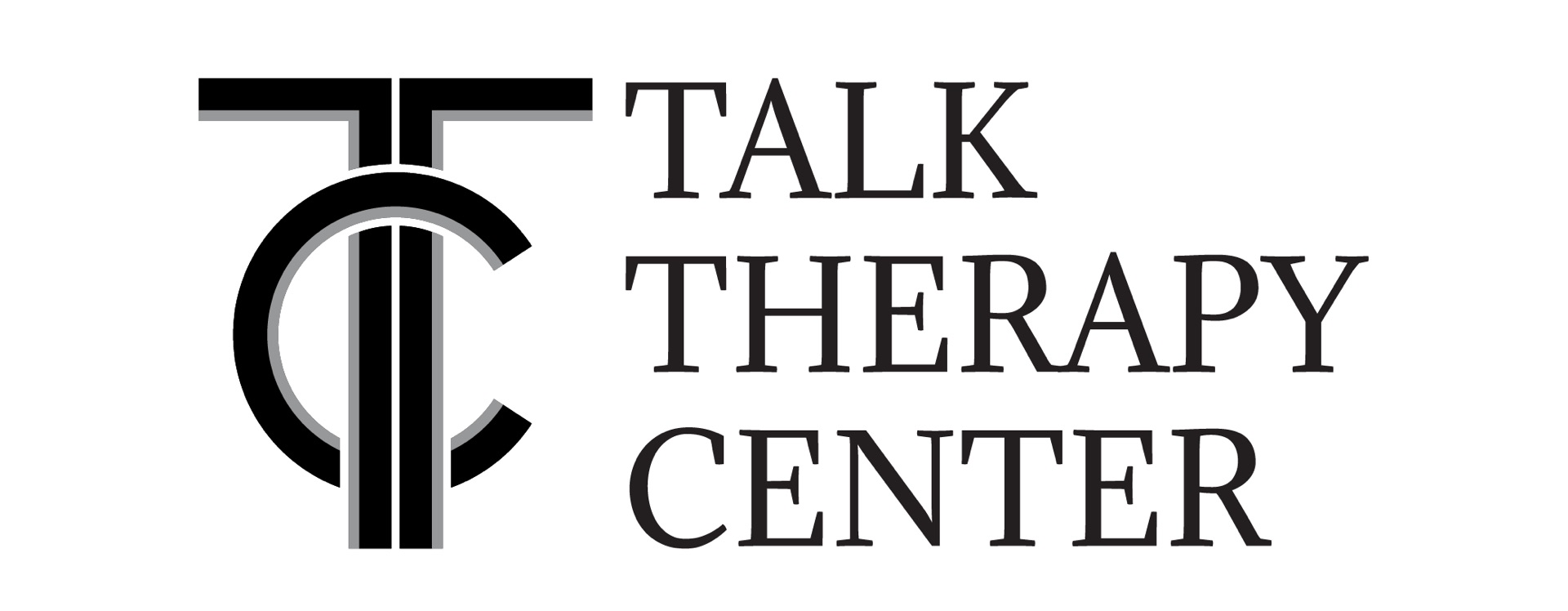Part 2 – A Letter to Therapists: Burnout and the Hands-on Approach to your Salvation

Burnout can really ruin your day, if you believe it’s not under your control.
Therapists experience burnout in unique ways that are often vastly different from most career fields. We are “all about emotions” as a profession, in general. To make things worse, many therapists label themselves “empaths” and tend to embrace this cutesy title and pattern of emotions. Most therapists will relate to an “experience the client” mentality.
So where is the problem in all of this? Well, burnout, but let me be more specific.
If I asked 10 therapists “what is your emotional energy used to accomplish in session,” 9.9 out of 10 would reply “healing” (or something of the sort). “NO!” I exclaim.
If you think back to the shrub example, the neighbor not cutting their shrubs resulted in a decrease in emotional responsiveness regarding the shrubs until a numbness replaced the anger. Now, I find myself to be a fairly decent therapist with quite a few years of experience under my belt and I know that clients can be as challenging to create “healing” as my neighbor is to cut their hedges. (Disclaimer – I don’t have a neighbor with hedges, so any advice to get them to trim their hedges will be misplaced, LOL.) How do you think your brain will respond to such a challenge when session after session, week after week, year after year, you place emotional energy into the healing of your clients? Um, not well (read Reddit from therapists about burnout… yikes).
I hear all the doubters saying, “But Jason, if you don’t have emotion being poured into healing, you’ll be a cold therapist and isn’t one of the most important drivers of change in therapy the connection clients have with their therapist?” Absolutely… about the second part… and that’s where we go.
The first technique used to stop burnout in therapy is stop using your emotions to create change with your clients.
“STOP IT OR I’LL BURY YOU ALIVE IN A BOX.” Bob Newhart (I put this in for Melissa.)
As highly emotional people in general, therapists understand that there isn’t a “turn it off” button for emotions, but there is a shifting button. The loneliness (or desire for closeness unfulfilled) that we feel after a breakup can be shifted to a new love interest and used to bring them in close for snuggles. The biggest shift any therapist should make is to the following: emotionally connect to your clients with your shared human experiences and your acceptance that these experiences will line the entirety of their lives. This reminds me of Brene Brown’s initial Ted Talk where she said, “You know what, you’re imperfect and you’re wired for struggle, but you are worthy of love and belonging.” Let’s get to some examples!
Example 1: My client Savannah tells me her Grandma is being indicted for LuLaRoe fraud and she’s feeling really sad that her hero has fallen. If my emotions were aimed to heal, I’d try to validate her sadness through my own sadness that she’s sad. As she experiences a validation from me, she won’t feel as alone and know that feeling sadness is tolerable and maybe she’ll feel better. The problem with this is that I just felt the sadness that Savannah felt and my emotional system just went through the full-blown effects of that sadness. I sure hope Savannah is feeling better because I just sacrificed my body to help her “get through this difficult time.” On the other hand, if my emotions were aimed to connect and accept, I could respond with compassion. I’d relay that I know that her situation is painful and that the impact of this disappointment may be life altering and you’re with her as she finds and experiences the depth of Grandma’s betrayal.
Example 2: My client Sarah is panicked that her pet tarantula (I’m hoping that I’m picking non-triggering examples) escaped her shoebox last night and she hasn’t been able to eat, shower, or stop thinking about little Macaulay all day. “Oh no, what can we do?” I worriedly comment. Seeing her panicked state, my brain starts to fire mirror neurons and my leg starts to tremble with anxiety. After a worksheet and some problem-solving skills, I take some deep breaths in my office before my next client walks in. Even as I write this, my emotions feel that scenario. Also, I hate spiders, so that may also be impacting me. Again, what would be our connect and accept strategy? “Oh Sarah. I’m so sorry you’re going through this. I relate to losing a pet and can say that experience is torturous.” My mind would be with what she’s going through and not with the emotion of what she’s going through.
With these two examples we see an emotionally compromised response, and we see an emotionally connected response (or at least that was what I was trying to convey). I’m wondering if you can sense the difference and what may have come up for you in either situation.
On the next part of this blog, we will work to outline some problems and solutions for therapists with burnout.
By Jason Temple, LMFT


